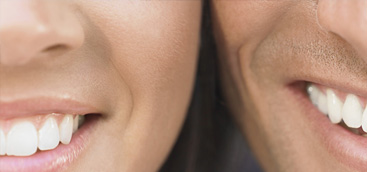A new study says that a drug clinically tested to treat Alzheimer’s also enhances the teeth’s natural ability to self-repair. While not completely replacing the dentist’s drill, such treatment could help get rid of fillings in favor of actual regeneration.
dental laser handpiece
Scientists have already known that teeth can repair themselves through the activation of stem cells in the soft pulp at the center. Until now that only worked for very small cracks and holes on the surface of the tooth.
However, a new study published by the Dental Institute at Kings College London says it has been discovered that a potential Alzheimer’s drug helps that process allowing for larger dents anywhere from the surface to the root to self-heal.

Although the preparation of a tooth is still similar to what we have today – there’s the dreaded drilling and clearing of the cavity – it could potentially be beneficial in the sense that it would be a one-off procedure. As of today, once a person has a filling inserted, there is a chance that more decay will spring up with the tooth gradually thinning out, and one may lose it entirely over time.
“Using a drug that has already been tested in clinical trials for Alzheimer’s disease provides a real opportunity to get this dental treatment quickly into clinics,” the lead author of the study, Professor Paul Sharpe, of King’s College London, said in a statement.
The research also points out that this new way of treatment will be fast and cheap.
If all of this sounds a little too good to be true, there is a catch: although the trial went successfully, so far it was only performed on mice. It has yet to be seen if this will work on larger teeth.
In mice, the procedure has managed to “fill the whole injury site.”
“Extrapolating the size of a mouse first molar to that of a human suggests that an equivalent lesion would require around 10 times more reparative dentine formation and thus the anticipated concentrations of Tideglusib [the healing substance] required for human tooth repair would be well below that already tested in clinical trials,” the study states.
Tests are now being carried out on rats (their teeth are roughly four times bigger than that of mice) and researchers plan to move on to human tests later in 2017.
With mice, when teeth cavities were filled with degradable sponges soaked in the drug, the teeth gradually rebuilt their structure.

